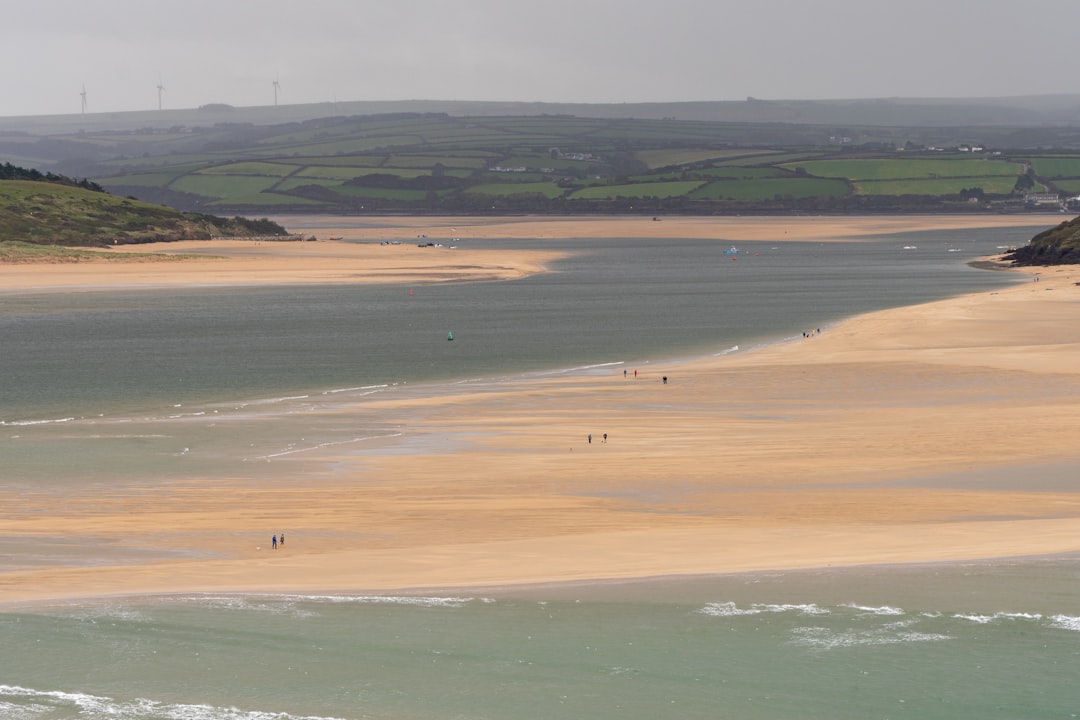What is it about?
For the sabellid polychaete, Sabellastarte spectabilis, in Hawaii, sexually mature worms were present over an extended period of time (females, March–December and males, March–November). No correlation between day length and maturation stages in S. spectabilis was detected. However, the statistical model Y = ([394.26 × X] − [7.793 × X 2]) − 4960.781 where Y the % frequency of sexually mature worms and X the mean monthly water temperature explained 44% of the variation between water temperature and % frequency of sexually worms. Maturation appeared to coincide with water temperatures of 24–25°C (March–September) after which there is a reduction in the % frequency of stage 4 individuals. Induction of spawning trials conducted between May and January showed the month of October with a significantly higher percent success than any other month investigated. According to all available information there is an apparent peak in reproductive activity (spawning) within a broad maturational season, which may be influenced by water temperature.
Featured Image
Why is it important?
This is the first report showing the spawning season in the wild for this highly collected worm for the marine ornamental trade. It would provided the first evidence that while the maturation season is broad the spawning period is apparently restricted to the month of October in Hawaii.
Perspectives
A common challenge to developing technologies for the artificial propagation of a target species is the lack of basic information regarding the biology of a target species. This publication provides one of the reasons why this is the case because it is easy to see the amount of effort it took just to determine the spawning season of this one species. It did however, form the start of Dr. Bybee obtaining a PhD and the start of his career. The main point being that there is much to do if the goal of the marine ornamental industry would like to become a contributor to the conservation of the marine resources. The main point being it should never be a choice of one or the other but people and groups can work together for the sake of our natural resources.
Clyde S. Tamaru
Hawaii C's Aquaculture Consultant Services
Read the Original
This page is a summary of: Gametogenesis and spawning periodicity in the fan worm Sabellastarte spectabilis (Polychaeta: Sabellidae), Marine Biology, November 2006, Springer Science + Business Media,
DOI: 10.1007/s00227-006-0504-0.
You can read the full text:
Contributors
The following have contributed to this page










